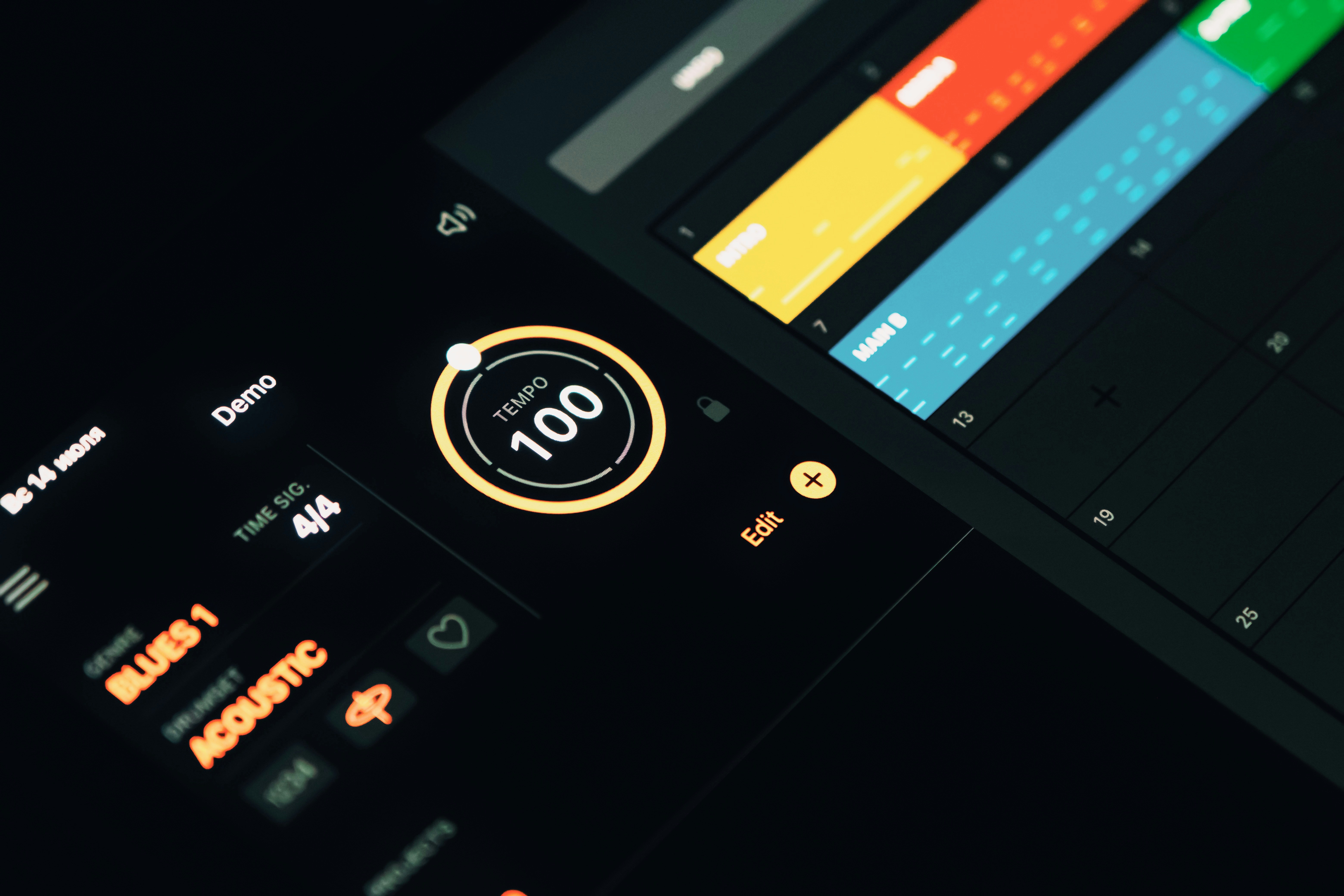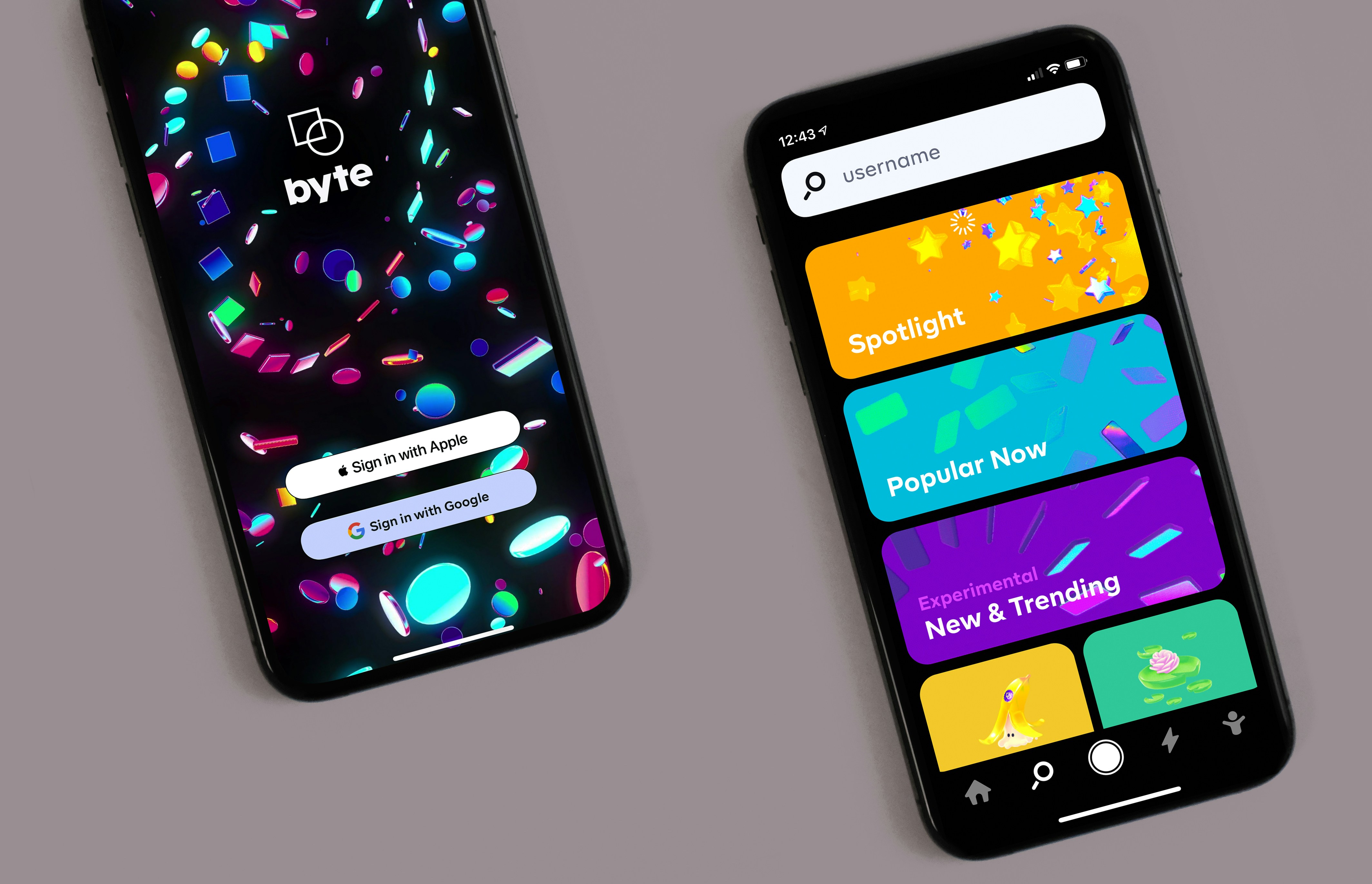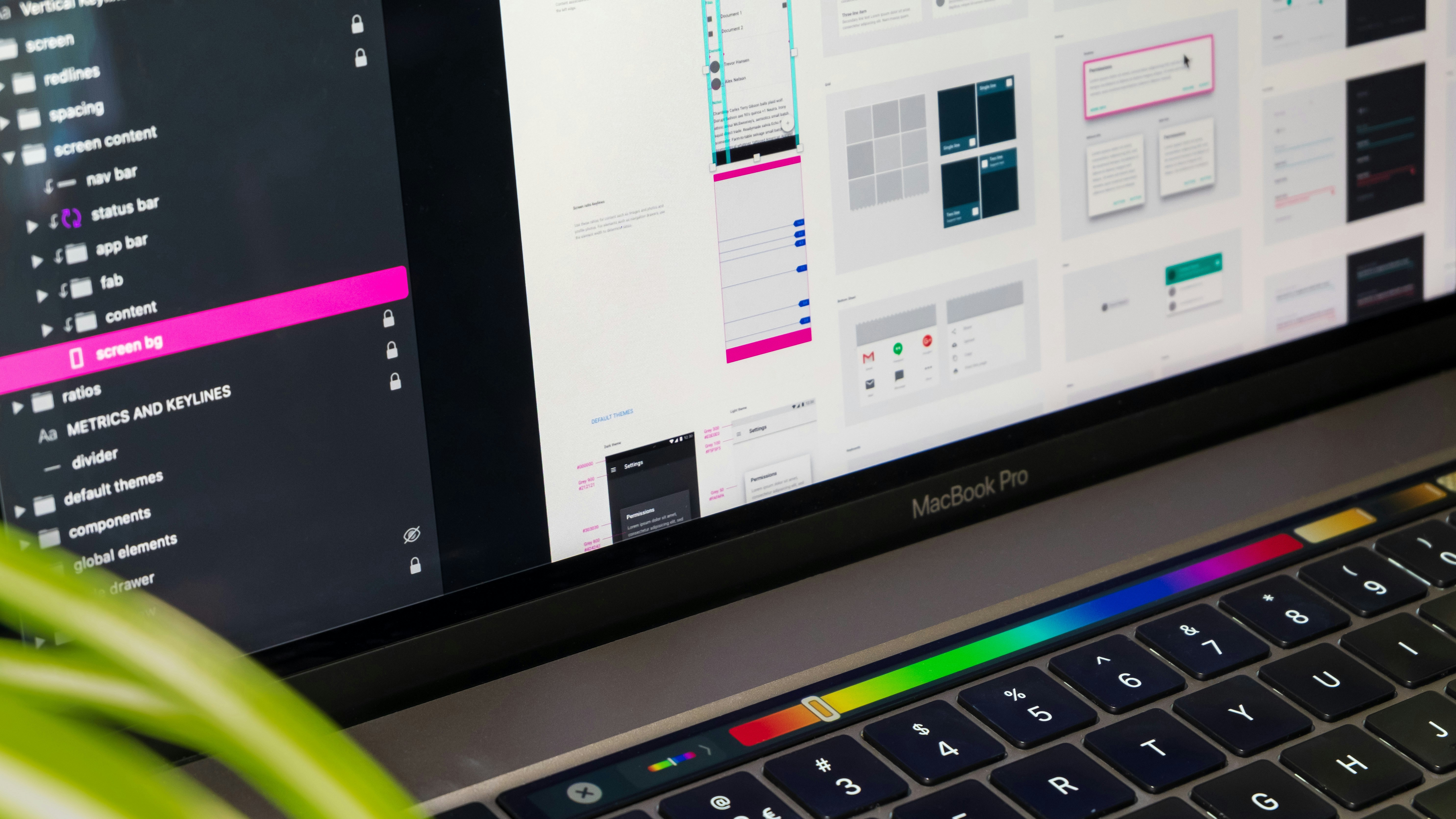Conducting Effective User Research for Better UI Design
How to Conduct Effective User Research to Improve UI Design and Create User-Focused Interfaces
Posted on
Jun 18, 2024
Posted at
UX/UI
Behind every successful digital product is a deep understanding of its users. User Interface (UI) design isn’t just about colors, typography, or layout—it’s about crafting experiences that are intuitive, relevant, and enjoyable. And to do that well, you need one crucial ingredient: user research.
In this article, we’ll explore how to conduct effective user research that informs and elevates your UI design—from strategy to execution.
Why User Research Matters in UI Design
User research bridges the gap between assumptions and reality. Without it, UI design becomes guesswork. With it, you create interfaces that reflect how users think, behave, and interact.
Benefits include:
Understanding user goals and pain points
Designing with real user context in mind
Reducing usability issues early in the process
Increasing product adoption and satisfaction
Effective UI isn’t just beautiful—it’s based on evidence.
Step 1: Define the Research Objectives
Before jumping into interviews or surveys, clarify what you want to learn. Well-defined objectives keep your research focused and actionable.
Ask yourself:
What decisions will this research inform?
Which aspects of the UI need validation or insight?
Are we exploring existing pain points or testing new concepts?
Define clear goals such as improving navigation clarity, validating a layout, or uncovering mental models.
Step 2: Choose the Right Research Methods
Your choice of method depends on your objectives, timeline, and available resources. Common approaches include:
User Interviews: Gather in-depth insights through 1-on-1 conversations
Surveys: Collect quantitative data quickly from larger groups
Usability Testing: Observe users interacting with your UI to spot friction
Card Sorting: Understand how users expect content to be organized
A/B Testing: Compare versions of a UI element to see what performs better
Heatmaps & Click Tracking: Analyze where users focus their attention
Mix methods for richer insights. A qualitative + quantitative combo often works best.
Step 3: Identify and Recruit the Right Users
Effective research requires feedback from the right participants—those who closely resemble your target audience.
Tips:
Define user personas or segments first
Use screening questions to ensure fit
Consider using research platforms or your own customer base
Aim for diversity in experience levels, demographics, and goals
Talking to 5–7 well-selected users can reveal 80% of usability issues.
Step 4: Prepare the Research Materials
Well-structured materials lead to more consistent, unbiased insights.
If conducting interviews or usability tests:
Write a clear discussion or task guide
Ask open-ended questions that dig deeper
Avoid leading questions that suggest a right answer
Set up prototype links or interactive mockups if needed
For surveys:
Keep them short and focused
Use a mix of multiple choice and free-text questions
Test the survey internally before sharing
Preparation sets the stage for honest, useful feedback.
Step 5: Conduct the Research and Observe Carefully
Now it's time to listen, watch, and learn. During sessions, your role is to guide—not influence.
Best practices:
Create a comfortable, judgment-free environment
Let users speak freely—even if their answers surprise you
Pay attention to both words and behavior (e.g., hesitation, confusion)
Record sessions for later analysis (with permission)
Your goal is to uncover the "why" behind the user’s actions.
Step 6: Analyze and Synthesize the Findings
Once research is complete, organize and interpret the data to extract patterns and insights.
Ways to analyze:
Create affinity diagrams to group related observations
Highlight recurring pain points and design issues
Identify usability gaps or mismatched expectations
Use quotes or clips to illustrate key insights
Summarize your findings into a report or visual board that clearly links research to design implications.
Step 7: Translate Insights into UI Improvements
Research is only valuable when applied. Use what you’ve learned to guide specific design decisions.
Examples:
If users struggle to find key actions, improve button hierarchy
If content organization feels confusing, restructure your navigation
If tasks take too long, simplify workflows or reduce steps
If language is unclear, refine labels and microcopy
Your design should evolve based on the real needs and behaviors uncovered during research.
Step 8: Test, Refine, and Repeat
User research is not a one-time task—it’s an ongoing loop of learning and refining.
Prototype new UI ideas based on your findings
Run usability tests again to validate improvements
Monitor user behavior post-launch using analytics tools
Continue collecting feedback as your product grows
Great UI design is iterative. The more you listen to users, the better your product becomes.
Conclusion
Conducting effective user research empowers you to design with confidence and empathy. It grounds your UI in reality, uncovers unseen issues, and drives decisions that truly resonate with your audience.
User research isn’t just part of good design—it’s the foundation of it. When you understand your users, every pixel you place has a purpose.



